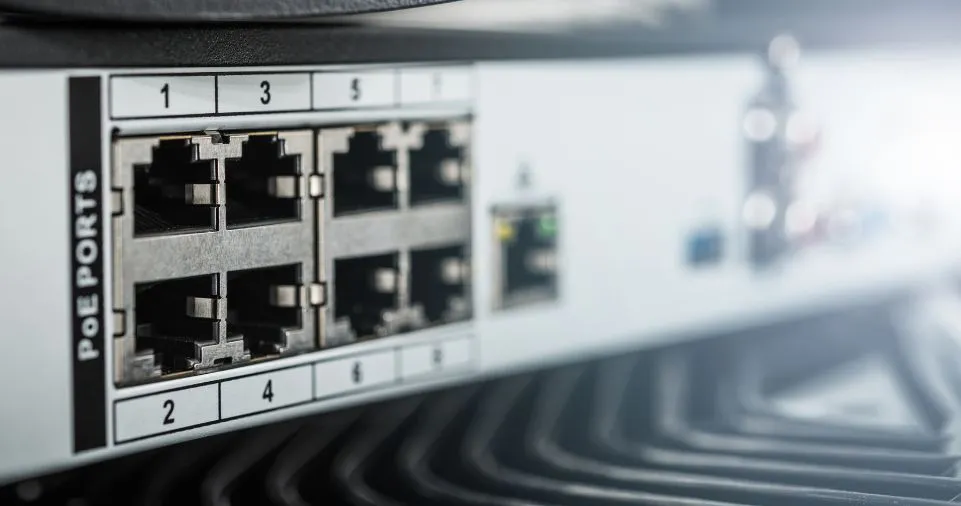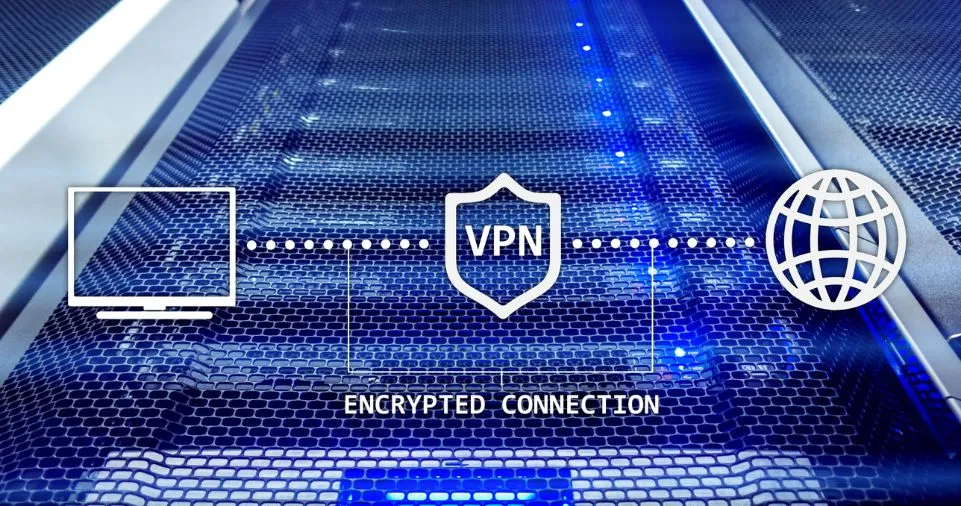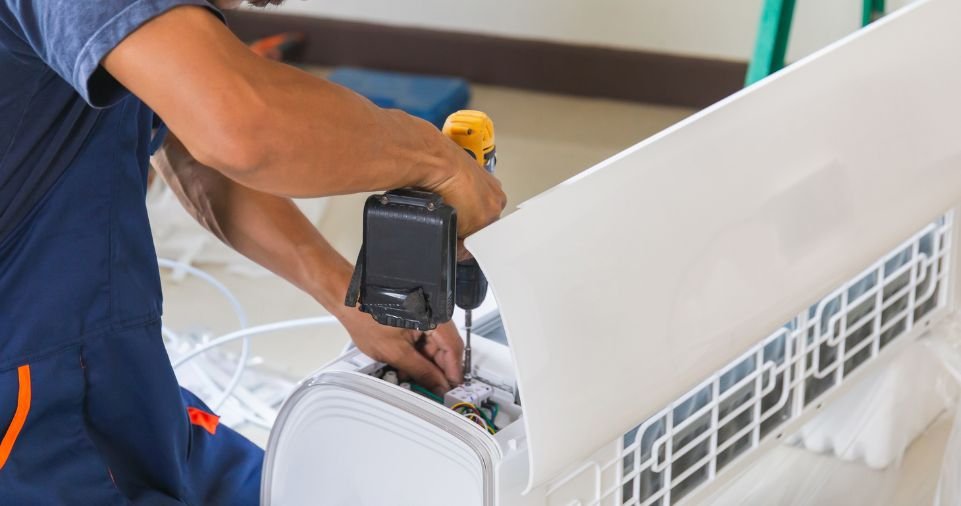In the world of computing and networking, you may have come across the IP address 127.0.0.1:49342 while working with applications or troubleshooting network issues.
For many users, this combination of numbers can be confusing, especially when it unexpectedly appears on the screen during the development or testing of applications.
To understand its significance and functionality, we need to explore some key concepts about IP addresses and how local communication works within a computer.
This article will break down the term 127.0.0.1:49342, explain its role in computing, and offer a detailed, easy-to-follow explanation of its uses, how it operates, and its importance in networking.
What is an IP Address?
Before delving into the details of 127.0.0.1:49342, it’s important to understand what an IP address is and why it matters.
An IP address (Internet Protocol address) is a unique numerical label assigned to each device connected to a network.
This address enables devices to identify each other, send and receive data, and ensure that the information reaches its intended destination.
There are two primary versions of IP addresses:
- IPv4: This version uses a 32-bit number, divided into four sections separated by dots (e.g., 192.168.1.1). It is the most commonly used IP structure, although it has limitations regarding the number of unique addresses it can offer.
- IPv6: This newer version consists of 128 bits, allowing for a much larger number of unique addresses (e.g., 2001:0db8:85a3:0000:0000:8a2e:0370:7334). With the growth of internet-connected devices, IPv6 was introduced to meet the demand for more addresses.
IP addresses can be further divided into two categories:
- Public IP addresses: These are accessible from anywhere on the internet. They allow devices to communicate with external networks.
- Private IP addresses: These are used within local networks and cannot be accessed directly from the internet.
What is 127.0.0.1?
Now that we have a basic understanding of IP addresses, let’s focus on 127.0.0.1. This address is often referred to as localhost or the loopback address.
When a computer uses the loopback address, it communicates with itself rather than another device on a network.
Essentially, the IP address 127.0.0.1 allows a computer to send and receive data to itself without relying on external network connections.
Key Characteristics of 127.0.0.1:
- Loopback Communication: This address is used for internal communication within the same device.
- Testing and Debugging: Developers use this address to test network applications on their local machines without needing a live network.
- Data Redirection: Any data sent to 127.0.0.1 is redirected back to the originating computer, allowing self-diagnostics and debugging.
Why 127.0.0.1?
The IP address 127.0.0.1 is part of a range of reserved IP addresses (127.0.0.0 to 127.255.255.255), all of which are designated for loopback purposes. However, 127.0.0.1 is the most commonly used address for localhost, making it a universal standard across operating systems and network configurations.
Understanding Port Numbers

To fully grasp 127.0.0.1:49342, we also need to explore the concept of port numbers.
While an IP address identifies a device, port numbers identify specific applications or services running on that device.
A port number allows a computer to distinguish between multiple applications that may be running simultaneously on the same machine.
In the case of 127.0.0.1:49342, the number 49342 is the port number, and it represents a specific service or application on the local machine that is listening for incoming connections.
How Port Numbers Work:
- Range of Port Numbers: Port numbers range from 0 to 65535.
- Well-Known Ports (0-1023): These are reserved for specific services like HTTP (port 80) and HTTPS (port 443).
- Registered Ports (1024-49151): Applications can register these ports for specific uses.
- Dynamic/Private Ports (49152-65535): These ports are used for temporary or ephemeral connections and are often assigned dynamically by the system.
When an address like 127.0.0.1:49342 is used, the combination indicates that a service or application on your computer is listening on port 49342, ready to accept connections or requests.
The Significance of 127.0.0.1:49342
Now that we’ve broken down 127.0.0.1 and port numbers, let’s focus on what the combination 127.0.0.1:49342 means.
This combination typically represents a specific service or application running on your computer.
Here are some common scenarios where you might encounter this combination:
Web Development
Web developers often use localhost (127.0.0.1) to run local servers for testing purposes.
For example, you may develop a web application on your computer and use port 49342 to test it in a local environment before deploying it to a live server.
Database Services
If you’re running a local database, it might be configured to listen on a specific port such as 49342.
In this case, 127.0.0.1:49342 would represent a connection to the database service on your local machine.
Networking Tools
Applications that perform network diagnostics or simulate network behavior often use loopback addresses like 127.0.0.1 with different port numbers.
These applications use various ports to differentiate between services and conduct tests without connecting to external networks.
How to Use 127.0.0.1:49342
There are several ways to interact with services running on 127.0.0.1:49342. Here are a few common methods:
Web Browser
To access a web application running on port 49342, simply type http://127.0.0.1:49342 into your web browser’s address bar.
This will open the application, allowing you to interact with it as if it were hosted on a live server.
Database Clients
To connect to a local database service running on 127.0.0.1:49342, you can use a database client and specify the IP address and port number.
This allows you to manage and query your local database.
Network Tools
Tools like curl or telnet can be used to test and interact with services running on specific ports.
These tools allow you to send requests to services listening on 127.0.0.1:49342 and observe their responses.
Practical Examples of 127.0.0.1:49342 in Action
Let’s look at a few real-life examples where you might encounter 127.0.0.1:49342:
Developing a Local Web Server
Imagine you’re developing a web application using a server like Apache or Nginx.
You can configure your local server to listen on port 49342, and during development, you can test your application by navigating to http://127.0.0.1:49342 in your browser.
This setup allows you to make changes and debug without needing to deploy your code to an external server.
Testing APIs Locally
If you’re building or testing an API, you might configure it to run locally on your machine at 127.0.0.1 and listen for requests on port 49342.
This allows you to simulate how external users might interact with the API without exposing it to the internet.
Running Virtual Machines
When using virtual machines (VMs) on your computer, you might assign specific port numbers to each VM to allow for easier management and communication.
For example, one virtual machine could listen on port 49342 while another listens on a different port, allowing you to interact with them separately.
Security Implications of 127.0.0.1:49342
While 127.0.0.1 is generally secure for local testing and development, it’s essential to take some precautions:
Firewall Configuration
Ensure your firewall is properly configured to block external access to ports like 49342, especially if you’re running sensitive services on them.
While localhost is not exposed to external networks, misconfigurations or vulnerabilities could lead to security risks.
Use of VPN
If you’re working with virtual machines or remote servers, using a VPN (Virtual Private Network) can provide an additional layer of security.
A VPN encrypts your connection, ensuring secure communication between your local machine and remote services.
Regular Software Updates
Keep your operating system and server software updated to ensure you have the latest security patches.
This will help mitigate the risks of vulnerabilities that hackers might exploit.
Troubleshooting Issues with 127.0.0.1:49342
You may encounter errors or issues while working with localhost and port 49342. Here are a few tips to troubleshoot common problems:
- Check TCP/IP Settings: Ensure your computer’s TCP/IP settings are correctly configured to allow communication through the specified port.
- Verify Server Configuration: Double-check that your server software is properly configured to listen on port 49342.
- Use Diagnostic Tools: Tools like telnet or curl can help verify whether the port is open and accepting connections.
ALSO READ
Conclusion
The IP address 127.0.0.1:49342 plays a crucial role in local networking, especially in development and testing environments.
Understanding how localhost and port numbers work can help you troubleshoot issues, run local services, and develop applications efficiently.
Whether you’re a web developer, IT professional, or someone curious about networking, mastering the use of localhost and ports like 49342 is an invaluable skill that will make your work smoother and more secure.
By familiarizing yourself with these concepts, you can navigate local network setups confidently and resolve potential issues quickly.







